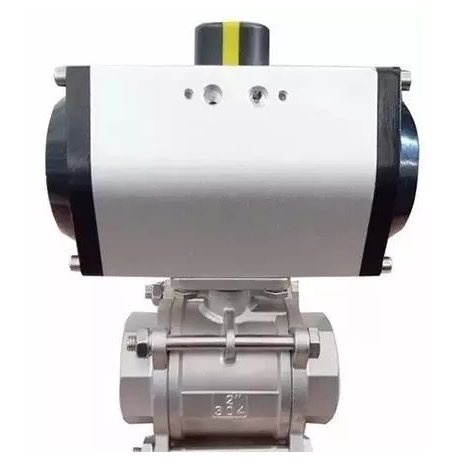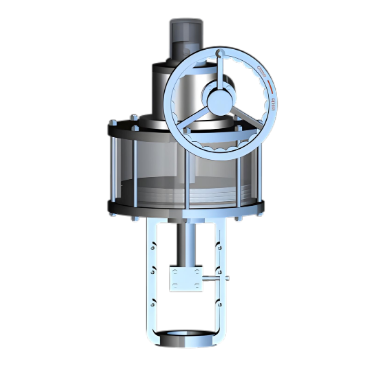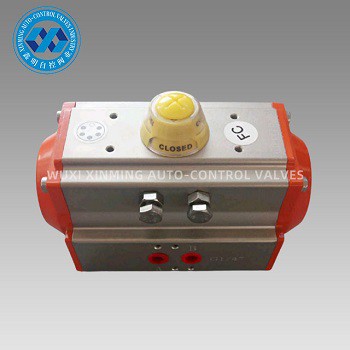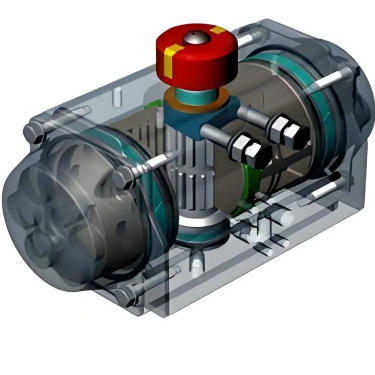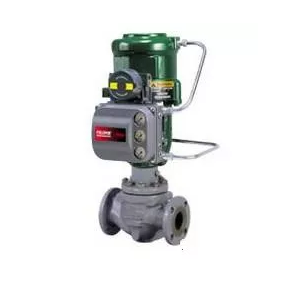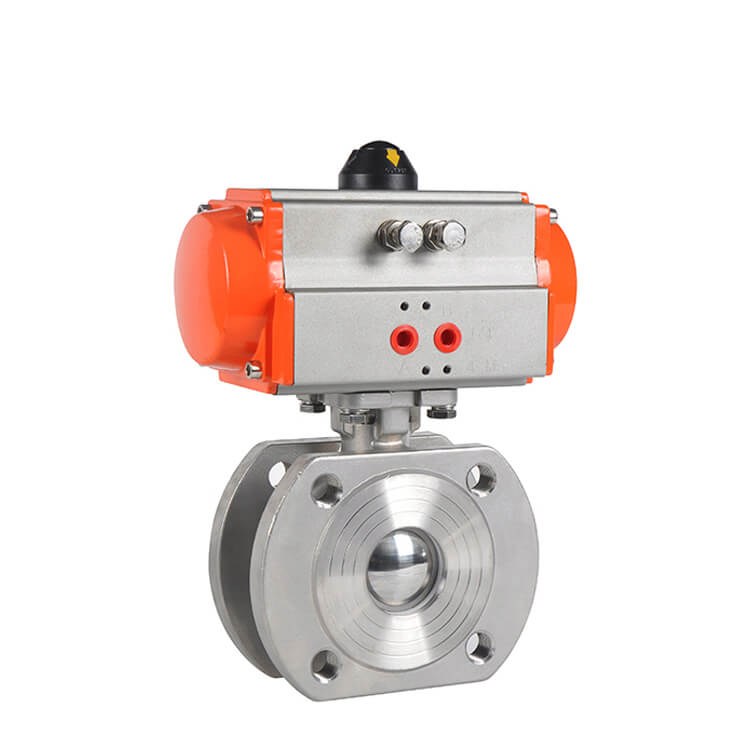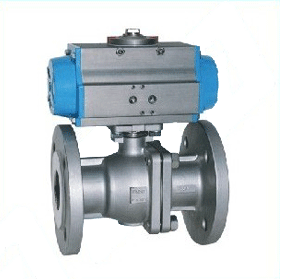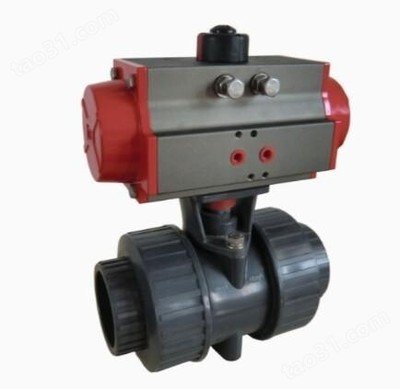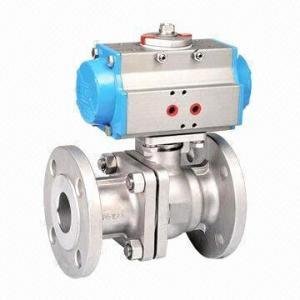To ensure the optimal performance and
longevity of valve pneumatic actuators, regular maintenance is crucial.
First, pay close attention to the air
supply system. Check the air compressor regularly to ensure it provides clean,
dry air at the appropriate pressure. Moisture in the air can cause corrosion in
the actuator components. Install and maintain air filters and dryers to remove
contaminants. A clogged filter can restrict air flow, reducing the actuator's
responsiveness.
Inspect the actuator's physical components
frequently. Look for signs of wear, such as cracks in the housing, leaks in the
piston or diaphragm area, and loose connections. Worn - out seals should be
replaced immediately to prevent air leakage, which can lead to inconsistent
valve operation. Check the connecting rod for any signs of bending or damage,
as this can affect the transfer of motion to the valve.
Lubrication is also key. Use the
recommended lubricant for the actuator's moving parts. Proper lubrication
reduces friction, extending the life of components and ensuring smooth
operation. However, be cautious not to over - lubricate, as excess lubricant
can attract dirt and debris.
Finally, perform regular functional tests.
Actuate the valve through its full range of motion to check for any abnormal
behavior, such as sluggish movement or erratic opening and closing. By
following these maintenance tips, you can keep your valve pneumatic actuators
operating efficiently and avoid costly breakdowns.
If you want to learn more about low-priced products, please visit the following website: www.xm-valveactuator.com


